Electron Microprobe Laboratory
The department’s electron microprobe provides critical analyses in petrology, geochemistry, and planetary science. Through analyses of minerals, rocks, meteorites, and even, lunar samples, our faculty and students use this facility to uncover the geological processes and conditions that have shaped our planet and solar system.
CAMECA SX 100 Electron Microprobe
The Cameca SX 100 electron microprobe is equipped with 4 wavelength dispersive spectrometers (WDS), an energy dispersive spectrometer (EDS), plus cathodoluminescence (CL) and high-speed backscattered electron (BSE) detectors. The instrument is controlled by the PC-based “Peaksight” software and is internet-connected for efficient data and image transfer.
Analytical Capability
- Analysis of elements ranging in atomic number from Be to U
- Analysis of elements ranging in concentration from 100% to 10 ppm
- Automated full matrix corrections using the PAP, Pouchou & Pichoir (1987) model
- Analysis of up to 40 elements per analytical point
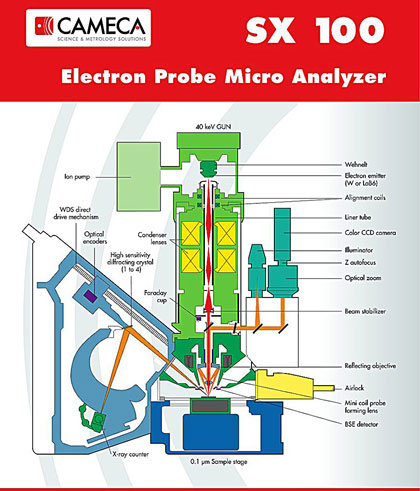
Sample Preparation
- Cutting with a saw and trimming to a size that can be mounted.
- Mounting in one of two ways:
- Into a resin block: the sample is placed in a circular mold and impregnated with a resin. This option allows for additional imaging with an optical microscope using reflected light.
- Onto a glass slide: the sample is affixed to a standard size 1 inch glass slide with resin for further lapping and polishing. This method allows imaging to be achieved using both transmitted and reflected light microscopy.
- Removal of excess sample and grinding to ensure the top and base of resin blocks are parallel.
- Lapping to produce a smooth surface. This may be performed by hand or on an automated jig using fine (600 grade) abrasive – usually silicon carbide.
- Polishing – carried out in steps on a special cloth with a slurry of very-fine diamond, ranging in size from 6 to 0.3 microns.
Carbon-Coating
Prior to analysis of most samples – particularly those containing minerals – the specimen disk will need to be coated with a thin film of conducting media to dissipate excess charge produced by the electron beam. Usually carbon is used, and the film is typically 30 nanometers thick.
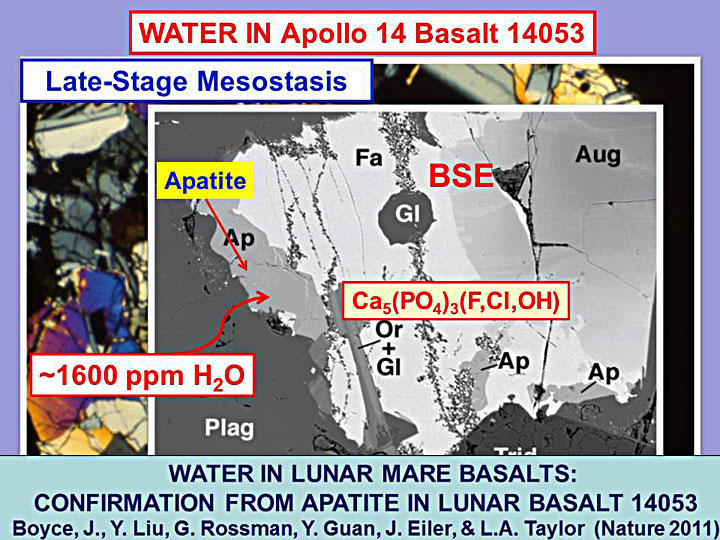
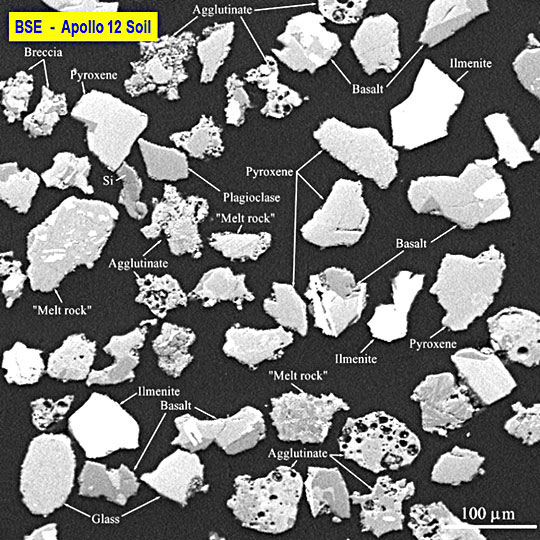
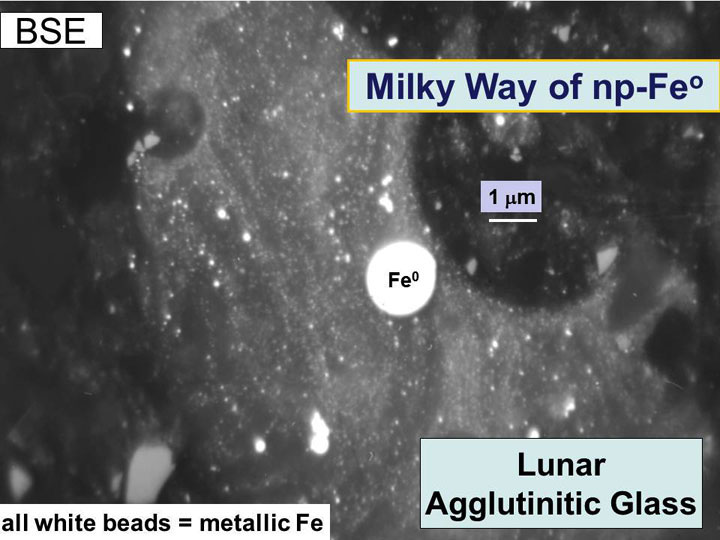
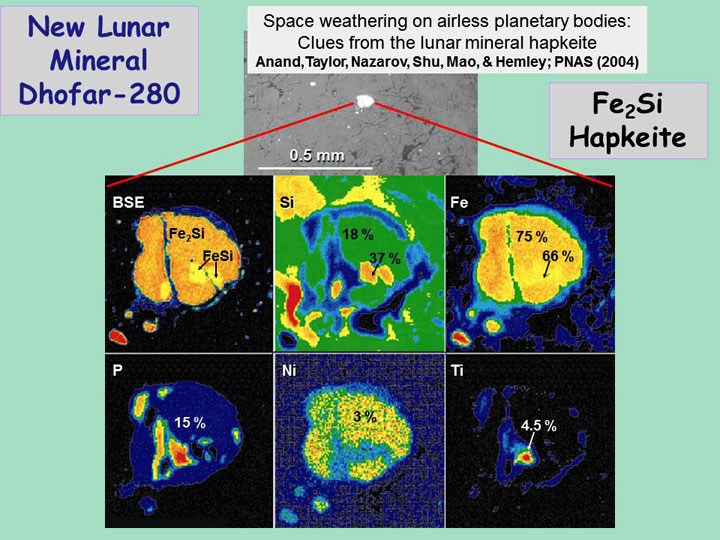
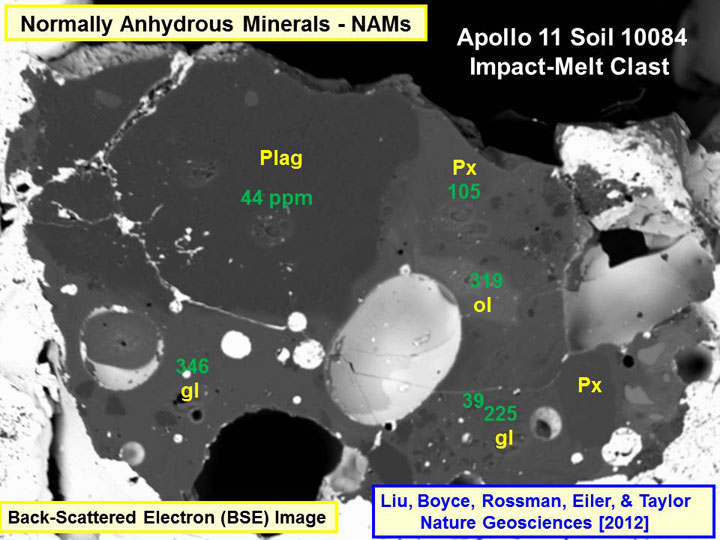
Information for Lab Users
- Departmental users
- Students who wish to learn to use this Electron Microprobe for their research should enroll in the Fall course EPS-568 (Geochemical Analysis) by Molly McCanta.
- All users must have prior EMP experience.
- Collaborative Research with other institution is welcome.
- The scheduling of lab time should be discussed with lab manager.
- Commercial Users should first contact Molly McCanta.
Electron Microprobe Recharge Center
| Service 1-4 | Internal | Academic | Market |
|---|---|---|---|
| 1: Unassisted | $37/hr | $50/hr | $102/hr |
| 2: Assisted | $45/hr | $64/hr | $132/hr |
| 3: Off-Peak | $30/hr | $40/hr | $75/hr |
| 4: Sample Prep | $8/hr | $12/hr | $40/hr |
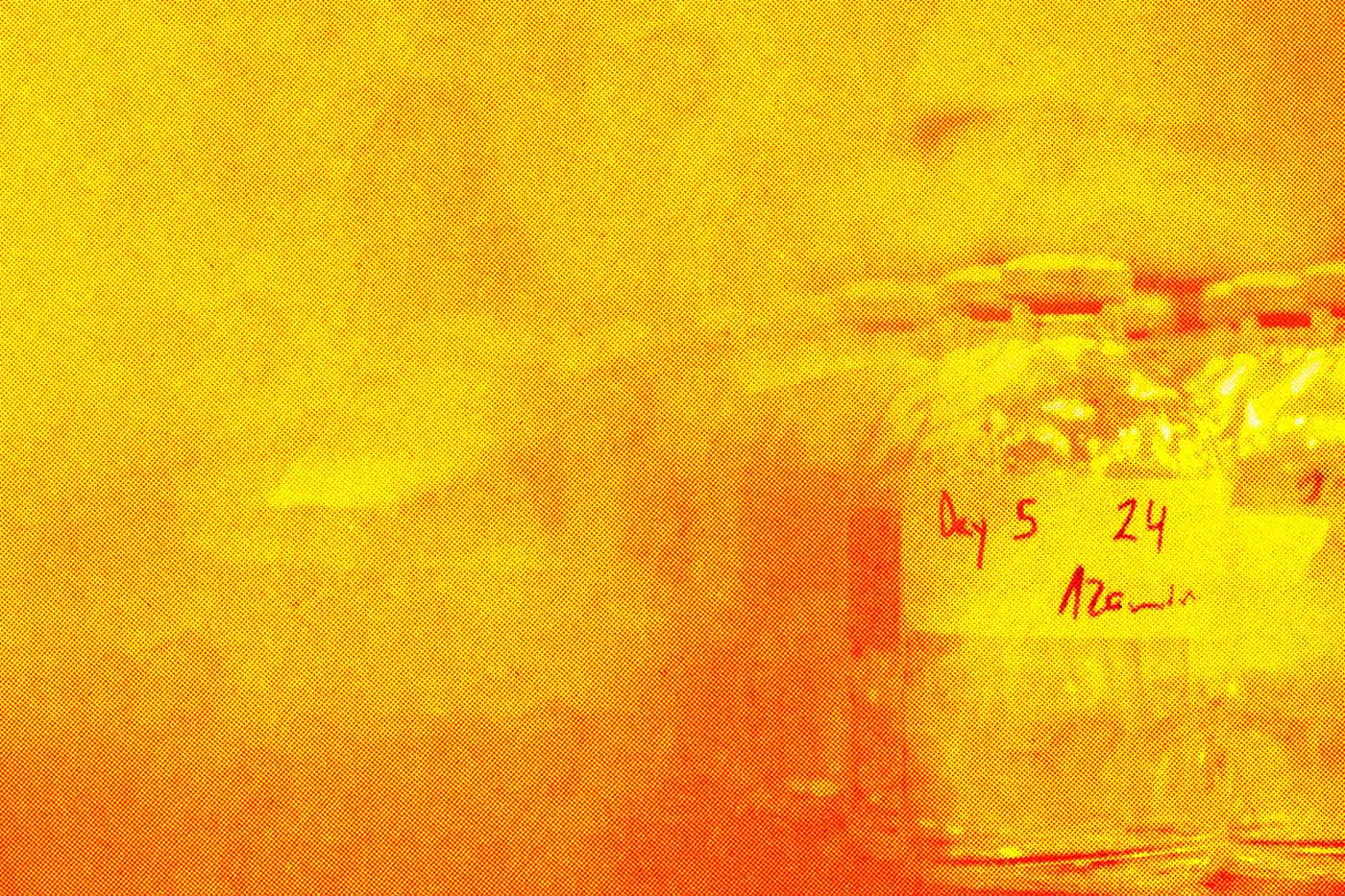
Lab Reservations
Interested in using the electron microprobe? Complete the lab request form at the link below to contact the faculty and lab manager.